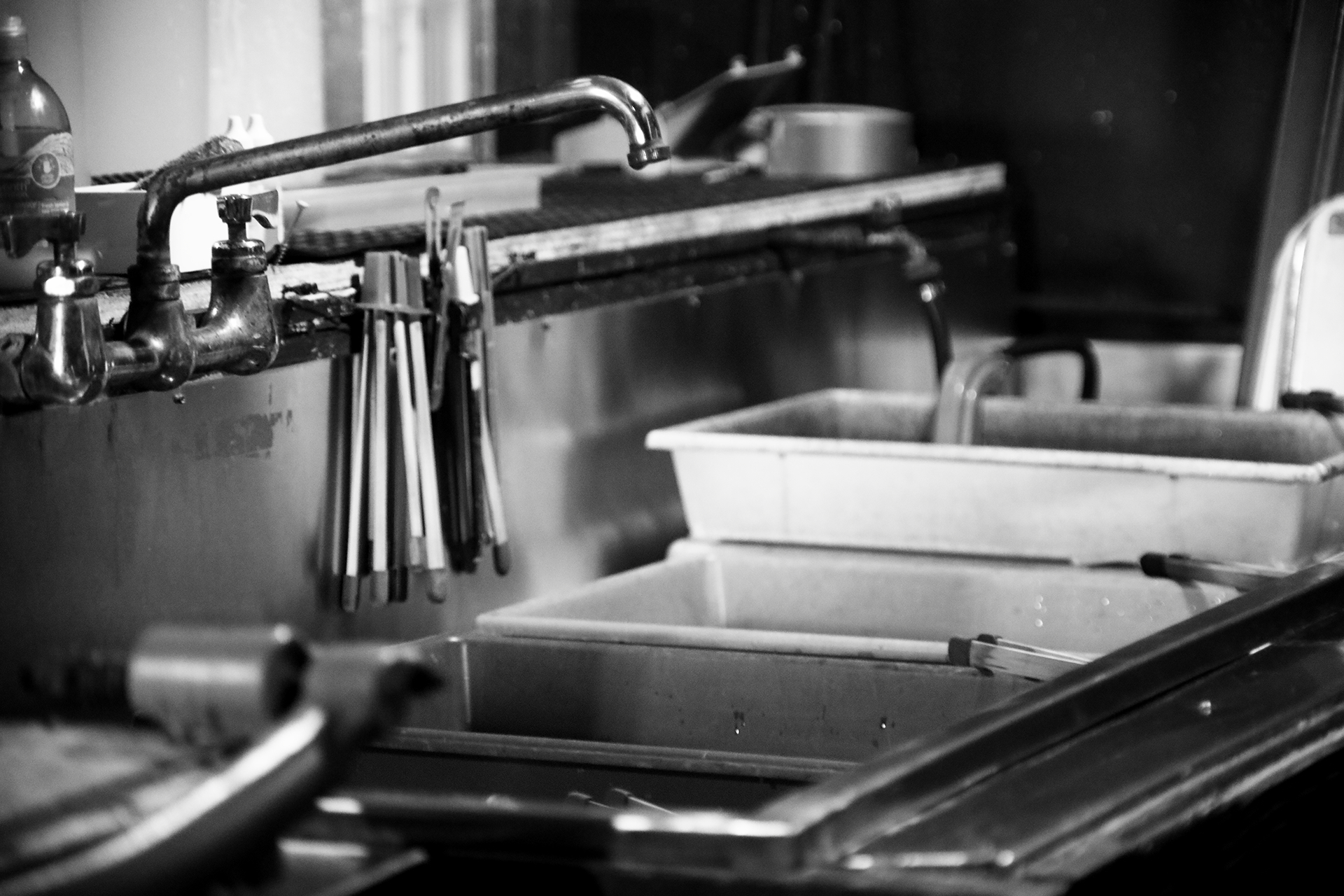Today we’d like to introduce you to MaLo Sutra Fish.
Hi MaLo Sutra, thanks for joining us today. We’d love for you to start by introducing yourself.
I’m MaLo Sutra Fish, a visual artist using film emulsion experimenting with still photography and film. My work is mostly experimental and/or based on analog processing. I use digitalised versions of my work for distribution or editing purposes although I tend to develop a body of work evolving around analog skills acquisition, in both still photography and moving image. You may watch some of my work on my website, www.malosutrafish.com.
I am part of the Film Collective L’Etna in Paris where I am in charge of the lab part of the collective with another member, Philomène de Broqua. I am also a partial member at Gowanus Darkroom in NYC, regularly collaborating with AgX Film Collective in Boston. I have recently started a long-term collaboration with Photo-Lab NYC, which is the place to be in the city for analog photography. It’s a lab offering private darkroom space for artists led by Rafael Cuevas and Sandra Hamburg, whom I met during the production of the exhibition PROCESS.
My work is divided between an artistic practice and a curatorial endeavour. I strongly believe in Art being first and foremost a dialogue, a conversation, an outreach. My curatorial selections are what feeds my practice, and I cannot imagine one without the other. I was initially trained in Art Distribution, selecting artwork and finding the best way to present a body of work has always been an intellectual passion of mine.
Visual Arts have always had a predominant role in my life; may it be growing up in an environment in which artistic expression was nourished and favoured; may it be as I started expressing myself through drawing at first, then photography and cinema. Poetry, which is I think the most visual use of language, has always been a personal favorite.
I am epileptic photosensitive, which means I am particularly sensitive to light frequencies and high contrast patterns. This determined my letting go of the conventional route of becoming either a full-time professional photographer or any jobs in cinema – or publishing – as I must work according to my body needs. However, the silver lining is that once I managed to let go of these professional ambitions, I allowed myself to seek in the shadows the artist within, free to pursue an expression deeply rooted in the emotional and endless play between emulsion and light. I also learned to dominate mental restraints allowing me to discover the true magic of the darkroom. I was nyctophobic for a very long time. I have been very active the past 4 years and current results are leading me towards a professional path on top of a complete practice of the artform.
We all face challenges, but looking back would you describe it as a relatively smooth road?
I have been extremely fortunate to always have had people in my life showing me the way. It gave me during barren spell periods of my life the strength to find the solution or way out. It started with my mother and my stepfather and how we handle my disability. I am extremely lucky to be a highly functional epileptic. My brother – Sébastien Cros – and I were both fortunate to have our cinephile grandmother who also nourished us with art and literature. Then, Sébastien showed me the way towards experimental cinema during my teenage years as this was part of his personal training – he is now Director of Photography. We went our own ways geographically, and because of my nyctophobia, I wasn’t thinking of the darkroom as a possibility for me. This phobia coupled with my disability had me stay outside a real practice and progression for a long time. I was stagnant at a beginner level. Capturing was no secret for me; however, the rest felt either unreachable or simply unknown.
When I made my first film, This Little Light Of Mine, I was hoping to cooperate a lot more with my brother. He did help me but not to the extend I wanted. It was a great lesson for me about expectations we have of others that can blind us from the reasons why they won’t collaborate. Or at least, I now comprehend the space one must allow others to have despite legitimate needs. Perhaps he knew also that I should do it myself, he probably thought I didn’t need him, nor did he necessarily understand how serious my phobias or doubts were.
He probably needed his practice to be his own and did not share my ambition to become a team. I had always dreamed of us becoming a Coen-Brothers-like turbo kinship. I hadn’t realised the suffocating aspects it might have meant to him. I do not hold any grudges whatsoever and I am extremely grateful of how much he gave me: access to equipment, endless hours of nerding, discussing, introducing me so young to a genre that would become a place of resurrection for me.
He allowed me to find the answer within – which is when it is at its strongest. It helped me step out of something disabled people have a hard time with, which is dependency. We know our body is not independent, and that has a toil on self-confidence. It took me a while to enter L’Etna as this had been his place. It was hard at first to feel the absence, but I realised that I was building my own practice, my own space. I love that, no matter how much I love collaborations, I love having my own; and I love the solitary meditative state the darkroom provides. It led me to comprehend the infinite complexity of emotional space, the paradox of needs, and the importance of support in ways one doesn’t suspect, including self-support.
Any conventional training is very hard for me to access, which is why the DIY approach of experimental art was my only route. I do not have fatigue thresholds allowing me to pursue long studies. My educational paths have traumatised me as I was always being on the brink of failure. I many times had to sign letters stating that my potential failure at exams was not to blame on the institution itself but on my disability as they would find out about my condition. Once my brain enters fatigue realms, my vision plays tricks on me, my grammar goes out the window, my short-term memory fails me, my fluidity disappears to reveal a jittery and scattered mobility, my good-natured self becomes irritable and intolerant; I morph into the shadow of myself.
Feeling such vulnerability from within, knowing that the end of this self-deprecation results in a grand-mal seizure if not addressed, is one of the hardest things to overcome. Especially when you are not supported by educational institutions, or whomever holds the key to your future. It brings such self-loathing, such precarity on our sense of self-trust, that despite the violence of a seizure, the most destructive aspects of epilepsy are its psychological side-effects. My educational successes: international elite high school graduation, double bachelor’s in Art History and Communication, CELTA teaching certificate, and my lack thereof of any furthered studies, all stem from the fact that education is built on system that pushes boundaries to the extreme.
I am not here to discuss if that is good or not, as I believe that pushing boundaries is healthy to a point. I have accessed places I would have not dared to thanks to constraints. I have sought out resources and efficiency tactics I would never have had I not been forced to. I have met incredible teachers along the way that have helped immensely, believing in my potential success.
What is really at stake is to nurture the non-conventional path, nurture the “other route”, nurture Experimental Art Collectives, nurture transmission, workshops starting from the bottom up to the most advanced level. Nurture the old but surest path of apprenticeship: entering a workshop and learning from masters themselves.
Alright, so let’s switch gears a bit and talk business. What should we know about your work?
My work resembles myself: multidisciplinary and light sensitive. Emulsion in all its aspects: black and white, color, positive, negative, of all formats. It is my number one medium. It is my “paint”, my “carving material”. I relish still photography as much as I do the moving image / cinema.
Digital Photography and Film Photography are very distinct practices with very distinct results. I mostly use the basic aspects of digital photography either as a study / scouting or as a support for distribution purposes. Yet, my artistic practice, technical interest and aesthetic research are deeply rooted in the chemical beauty of analog photography and optical illusions of the moving image. The process from start to finish is key, so much that I don’t want to hide it but rather make it a statement.
Perhaps my strongest asset is that I have obsessed about it for so long despite all odds that my curiosity for all aspects of the artform has led to an insatiable hunger to learn, to nerd, to try, to do. I’ve also studied enough about the field to comprehend the strength of collaborative work. It seems obvious with filmmaking, yet lesser with photography; however, photography is highly collaborative.
I see myself more as visual artist then a photographer or cinematographer as I do not make my film material disappear to the benefit of the subject or storytelling. I want to make it very visible, tangible and forge it as part of the emotional atmosphere of my work. I love playing with the nostalgic aspect of photography and film and particularly evoking the images “we have in our heads”. Likewise, I play with the grain a lot to evoke this image fabrication our brain produces often related to feelings. My brain is an extremely visual, I remember faces better than names, once I see something I usually never forget it. Therefore, I love playing with this “Postcard-like” memory – La Jetée by Chris Marker is one of my ultimate favourites and strong influence in my work.
Most of my work with film are music videos. I have an on-going series call Performance, focusing on the American Independent music scene. It started right after Covid as an urge to capture the communion between a band and their audience. Each music video follows a simple rule: captured during live shows on super8 and processed and/or edited using a specific experimental procedure matching the band’s mood and track used. Performance on stage and in the lab, ha!
I love making music videos, and as much as I as love this Performance series, I’m also developing music videos projects that have their own guidelines. I don’t like dogma and mostly love playing around with genres, themes, formats.
The pictures published with this interview is the series shown at PROCESS, The Family Album. It’s looking back at the Coast Guard Community who were the last ones to live on Governors Island in NYC, as well as capture this place that oozes nostalgia. This island is, according to me, a sanctuary for vets, for their families, for their aches. The Coast Guard Community had built a beautiful quiet life away from the grindy city once the military left in 1963. They made the island wholesome, focused on family life and marine expertise. I wanted to use my cameras and lenses made during the 1960’s to capture the island in the wintertime, when no one is around and get to listen to the ghost stories. I wanted each photo to hit memory lane, processing involved a monobath made to explode the grain. I wanted them to incarnate the memories of the many who grew up on the island from the mid-1960’s on. A special photo album was crafted, with pristine prints made on Lumière 5×7 paper from the 1960’s meant to look like it had travelled time. In contrast, 8×10 on fiber paper were printed on which I played with filters, chemicals and happy accidents to render the images from the brain, that “post-card memory” stored in us mentioned above, which I am artistically obsessed with.
Ultimately, should I give an overall of my artistic process, I play with the chemical reaction of film processing to render a specific atmosphere or feeling, thus giving symbolical significance to technical aspects – such as pushing, cross processing or optical illusions. It is a common trait of visual artists of the experimental film scene; I very often choose to converse with other body of works as I am a strong believer that artists are in constant dialogue; inwards within themselves and outwards to either or both the audience and art history. Perhaps like how Poetry differs from Fiction, Experimental Photography and Film differ from conventional Cinema or conventional Photography. The experimental approach has many paths, I am particularly fond of the schools of thought connected with chemical play, analog editing tricks, poetic symbolism and philosophical phenomenology.
Perhaps what I cherish most and feel most proud about my path are my discipline, dedication and love of encounters. I strongly believe in the energy of encounters and how that sets up a mind into action. I am very thankful of my therapist, Dominique Inarra. He helped me a lot in teaching me how access and understand my inner shadows and mental mechanisms. Our bond over poetry and Japanese martial arts is probably one of the best therapeutic transfers one could hope to have. He helped me find my mental back bone and sustain my goals, which led me into the darkroom, led me to my finish my first film and start many more projects. Our work together has helped me channel intuitive understanding as well as reading universal psychological mechanisms that became extremely useful in my creative process. My work intends to be emotionally charged, and that demands fine tuning. For my sake, the sake of the subject and the sake of the audience.
Out of concision (!), it is impossible for me to name all the folks I have met who have played an important part in my life as an artist. Such as all the band members I am working with, or members of collectives that have guided me into the lab; musicians I have talked to and the ones who trusted me with rendering a vision to their music; friends with whom I talk about art or simply share thoughts and who themselves can become my inspirations, people who have donated equipment to me. The filmmakers and photographers who I am currently working with and act as true mentors, training me to fully master my craft. And of course, my fairy-godmother; she’s watching over, guiding me, supporting my shows, collecting my work, always interested and enthusiastic. It is extremely rare to have such a genuine connection with a patron of the arts, a patron who is first and foremost a friend. How lucky can it get, you know?
To be able to experience that is wonderful, a real treasure.
I have to mention the encounter with nature as well. It is of course this fleeting moment of beauty that I love to capture; landscape photography remains a personal favourite. I often say I take portraits of landscapes and of things…
I am very lucky to be blessed with so many encounters. I truly cherish that and perhaps that is what is most vibrant in my work.
Are there any books, apps, podcasts or blogs that help you do your best?
Oh wow, such a hard question to answer, there is so many! Well, let’s start with the classics: Dante’s “Divine Comedy”, “The Religious Art of Zen Master Hakuin” by Katsuhiro Yoshizawa and Norman Waddell, any art analysis by Daniel Arasse or Jean Clair as these are my go-to. Philosophers like Aristotle, Montaigne, Spinoza, Kant, Nietzsche are pillars of my mental and therefore artistic construct. Etienne de la Boetie also, but that’s more historical than artistic…. Poetry? There are so many, impossible to choose, it depends on my mood. Truth is, there is a lot of fantastic stuff out there.
Let’s see here, apps… Being photosensitive, I don’t really consume a lot but I do have some good ones. Makes me old school on top of my love for Librairies, Haha! Once a nerd, always a nerd! Now let me try to keep things organise, because I have a lot of areas of interests… even in my art practice!
Sandra Hamburg introduced me to See Saw Gallery Guide which is fantastic to see what’s going on worldwide.
Art Forum guide is a fantastic website to find shows and exhibitions, and they are at the disposal of artists and galleries, which is precious.
Filmlabs.org is the ultimate website for any experimental filmmaker. Fantastic resources for editing, processing, maintaining equipment, finding collective labs all over the world, experimental film festivals… it’s a gold mine.
www.sixteenmillimeter.com is pure genius – 3D print drawings to produce 3D printed parts for analog gear. There is also a fantastic sequencer for JK optical printers. This was created by Matt McWilliams. This man is a blessing for our field of work, ha!
Massive Dev Chart app to calculate some processing time is a great. But I prefer their website www.digitaltruth.com where I can find formulas for a super large range of film processing – mostly for black and white.
Analog Cookbook Zine… other little jewel.
Zines are a huge in the experimental world and still photography, and I love that kind of publishing.
WallFlower Zine Librairy run by @foofina666 on IG has a fantastic collection.
Then you’d be surprised maybe, but Facebook has a lot of groups for Super 8, or 16mm, photography also. Perfect place to exchange some knowledge or get in touch with nerds and geeks – I’m part of that fantastic population – and solve issues with equipment or processing. IG is a super useful tool to promote work and reach out to the community. That’s what I solely use social media for.
I’ve recently decided to only use Bandcamp to get my music, or Patreon. I also listen to a lot of radio. to name a few: Chance For Wolves, Take it To the Bridge, MiloRadio, Fip, Radio Culture, Radio Classique…
A thing I have always been a sucker for and that I miss: commentary, deleted scenes, interviews and other easter egg menus on DVD’s… I have learnt so much about editing, film writing and filmmaking altogether by listening to those. That and documentaries. I still hunt some of those online. I still own a dvd player :)
Podcasts that I listen to have nothing to do with my work, yet I binge those when I do photo editing on the computer. They’re about History, Sociology and film analysis for the most part.
Pricing:
- Any of my work available on my website – 8×10 handprints RC Color – Fiber B&W – $150
- Any of my work available on my website – Custom size and Paper – from $200
- Limited Edition on Lumière Paper 5X7 – $500 – Lumière Paper 8×10 – $750
- Super 8 film commission – pricing depending on inquiry.
- Any Photography Commission – film or photography – pricing depending on inquiry
Contact Info:
- Website: https://www.malosutrafish.com
- Instagram: https://www.instagram.com/malosutrafish/
- Youtube: https://www.youtube.com/watch?v=U0SlPN-7V8g ; https://www.youtube.com/watch?v=t8gSa3QJZjI
- Other: https://vimeo.com/user7466229

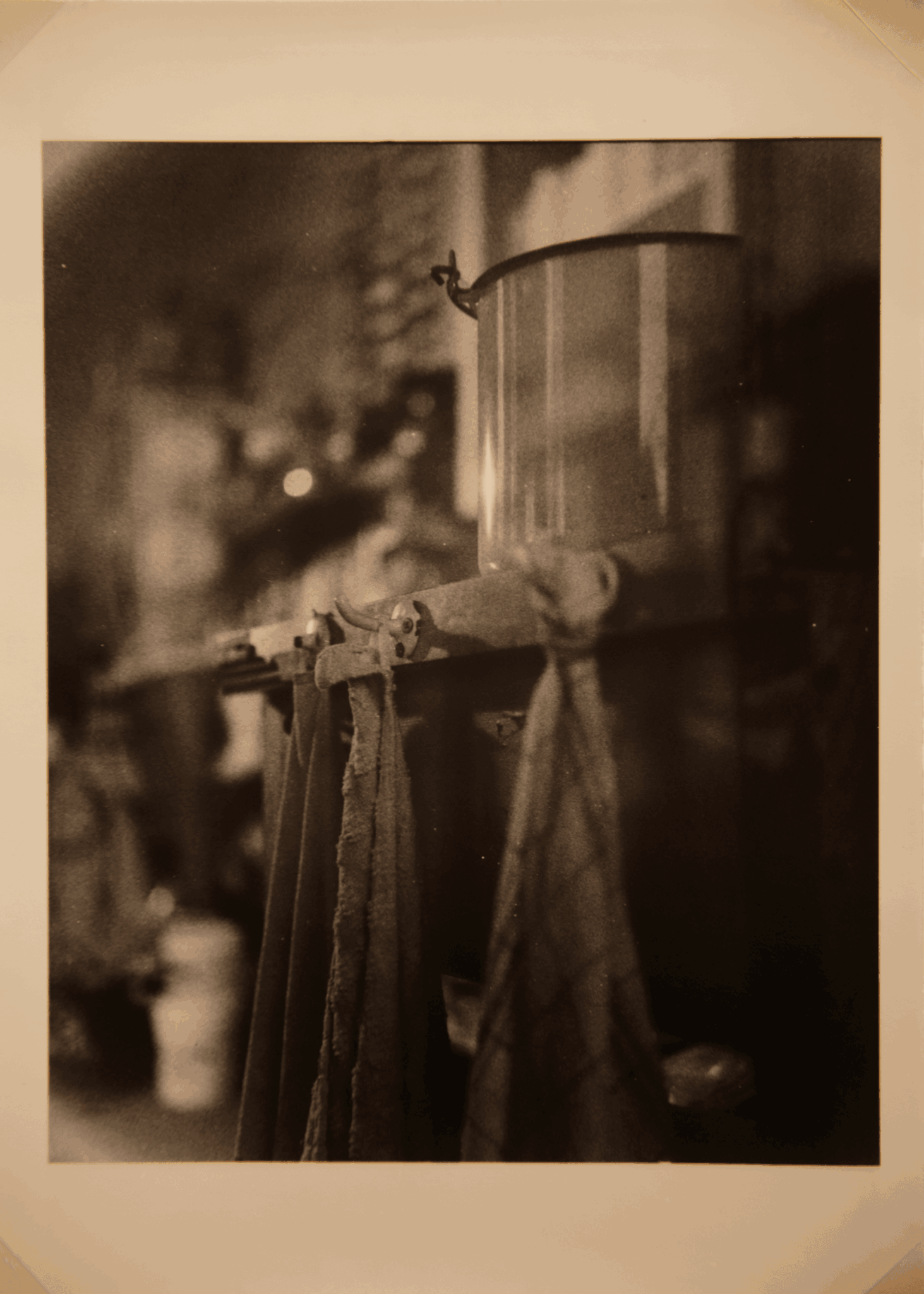

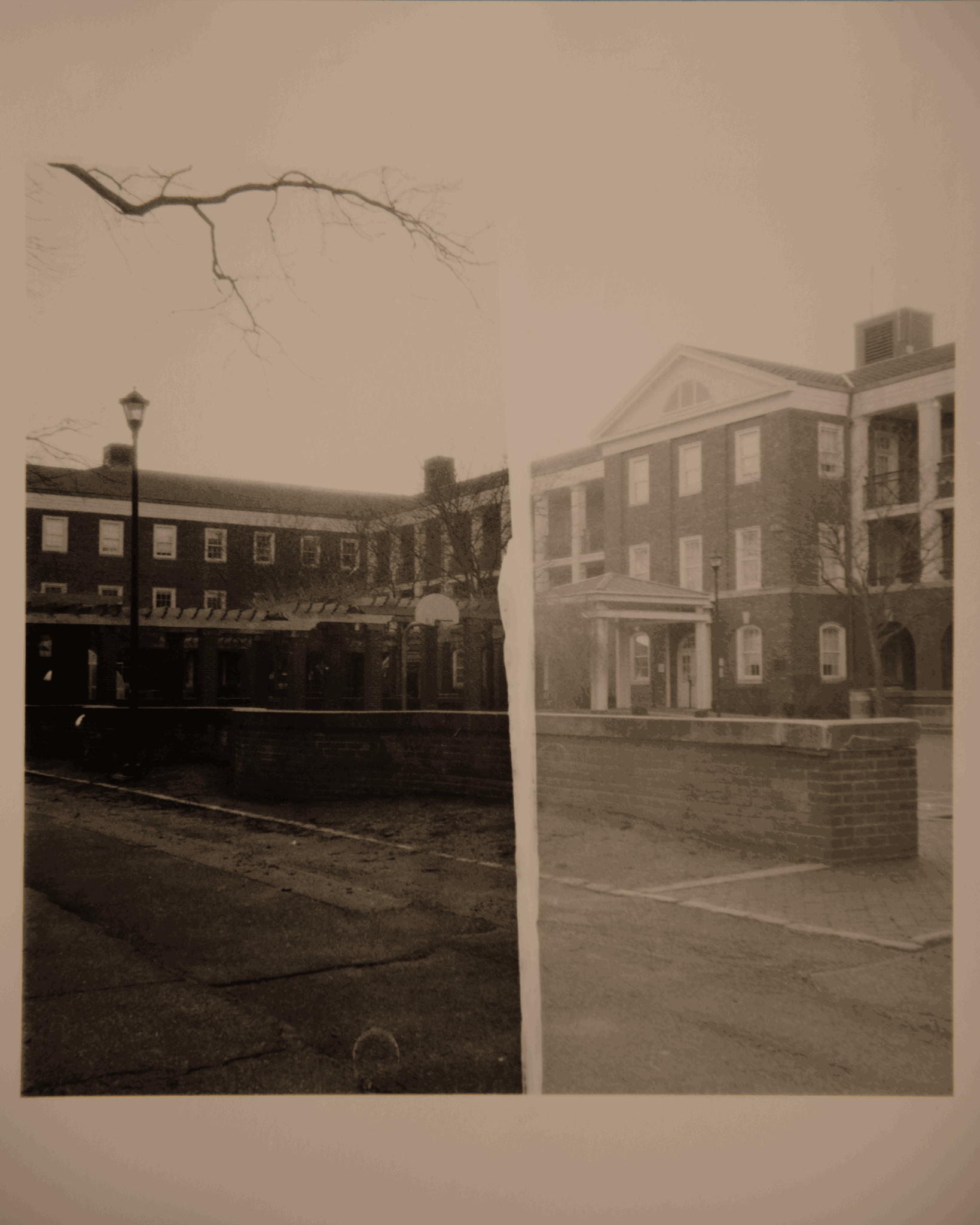
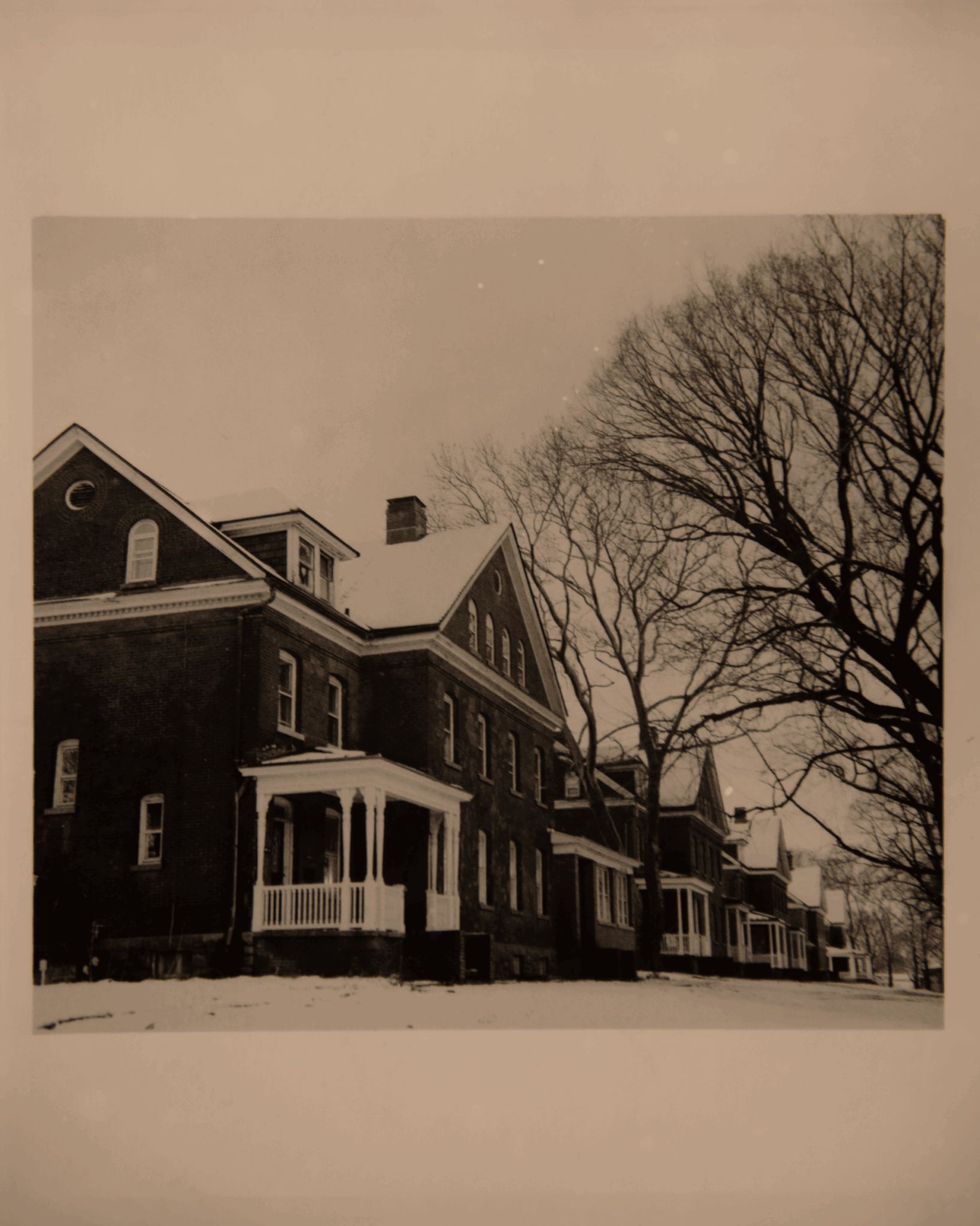

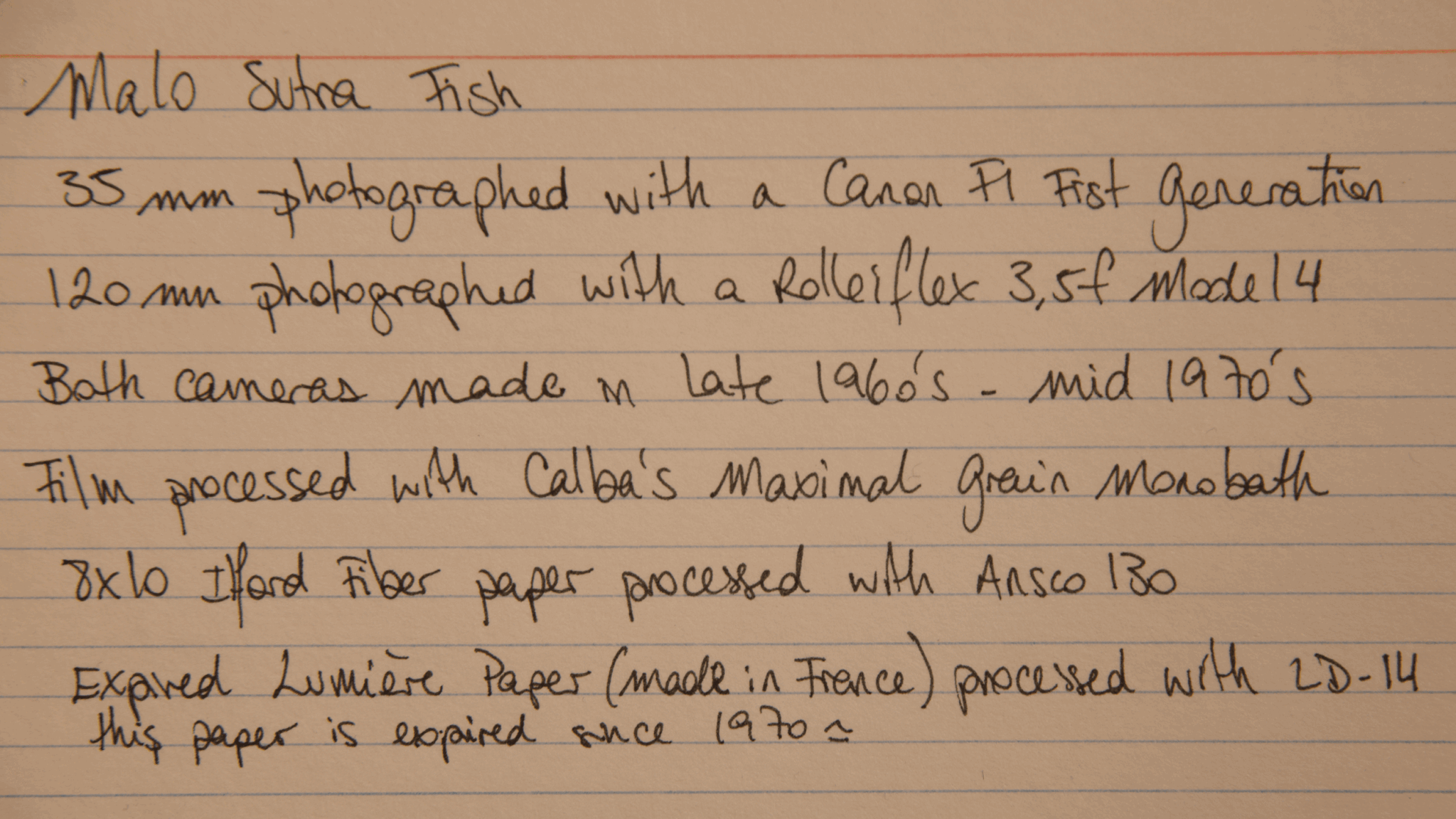
Image Credits
All images shot by MaLo Sutra Fish


